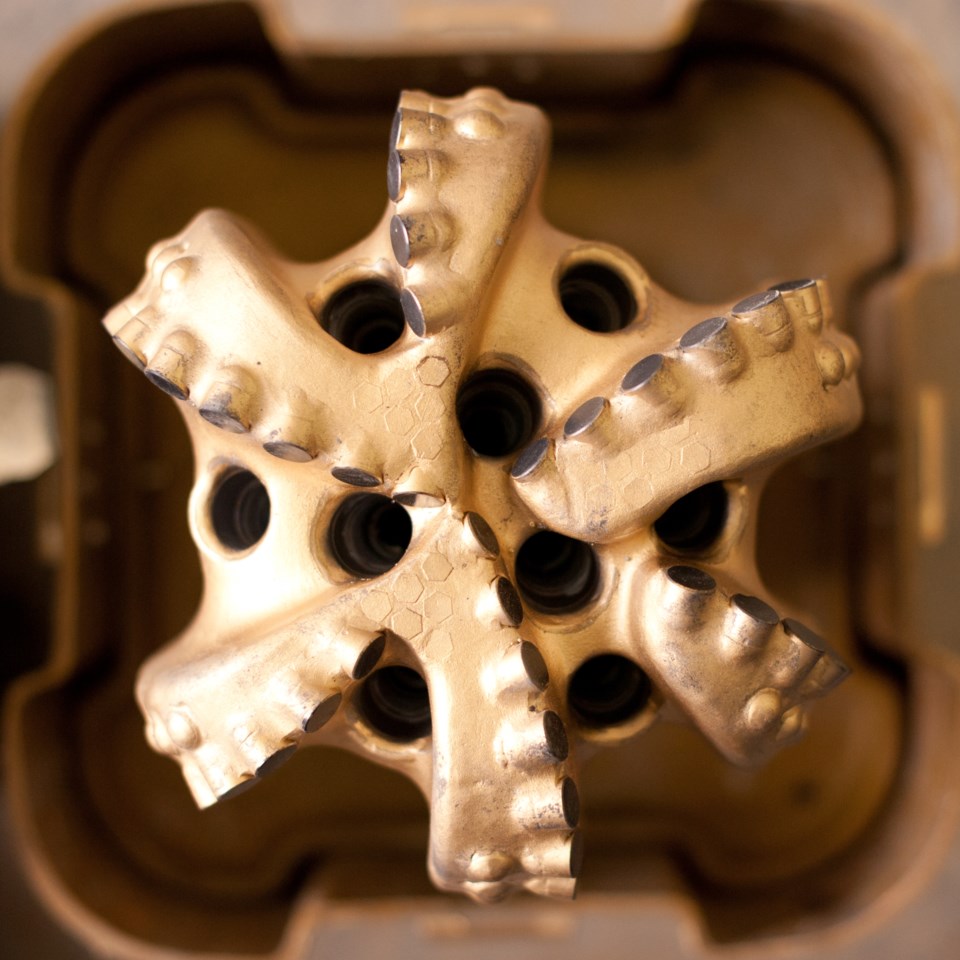On Jan. 22 there were 73 drilling rigs working in Saskatchewan. That number is up quite a bit compared to the last three years, according to sister publication Rig Locator. It’s just below the highest number of rigs at any point in 2015-2018, and higher than any other point during those year except for that brief peak, 76, on March 1, 2017. So far, it’s a pretty good start for the year.
But there’s a nagging feeling that it just not what it used to be, what we had become accustomed to during the boom years. Back then, we usually saw 100 rigs, or as many as 110, working in Saskatchewan the first quarter of the year. Today there are still a lot of rigs racked throughout the southeast, around Estevan, Carlyle, Stoughton and Carnduff that haven’t moved. And there’s a nagging feeling that, despite the improvement, it’s not a good enough. We want to see all those rigs working.
But maybe there’s a reason we’re not at 100 rigs, compared a decade ago, and it’s not strictly the price of oil. What if the drilling industry has collectively worked part of itself out of a job?
This is a notion that we’ve discussed with many people over the recent months and years. Rigs have become so much more efficient, they’ve reduced drilling times by more than half, compared to a decade ago.
Our story this month with Millennium Directional Services Ltd. noted, “Whereas a Bakken well in the Stoughton area might have taken 12 to 14 days in 2008, that’s now a five- or six-day well. Wells along the U.S. border that used to take a month are now accomplished in 10 to 11 days. Advancements in drilling efficiency, from drill bits, mud motors, drilling fluids and mud pump horsepower have made a huge difference. On top of that, there’s a lot more experience on all levels in drilling these wells.
“’It’s faster, harder, quicker. Back in the day, a tri-cone bit, you were lucky to see an ROP (rate of penetration) of 50 metres per hour in a real good pay zone. Now, with a PDC (polycrystalline diamond cutter) bit and a high-performance mud motor, it’s 150 to 200 metres per hour. It’s a lot quicker now. You don’t have as much time to second guess yourself,’” Wade Robertson, of Millennium, said.”
Let’s put that into perspective. Instead of drilling rigs, let’s talk pickup trucks. If your 2008 pickup got 20 miles per gallon back then, you should now be getting 40 to 50 miles per gallon. That would be one hell of a pickup, especially if that pickup was eight years old. Imagine if that truck got more and more efficient each year.
That’s precisely what’s happening with the drilling fleet. Many of those rigs were built four to 10 year ago, and yet they’re drilling holes faster now than the day they were new.
The improvements in drill bits, mud motors, drilling fluids and much higher pressure pumps have all played key roles in this development. The simple fact is that the current drilling fleet now, with 73 working, using their dual 1,350 horsepower (or larger) pumps and other advancements can get more holes drilled in the same amount of time than 105 rigs could in, say, 2010.
As we’ve discussed before, there are hard limits to how much faster the rigs can get. Cementing time is a big one, and there’s no getting around it.
We’re seeing some of the impacts of these efficiency improvements. Since the drilling fleet has not all gone back to work and there’s still lots of capacity racked, we haven’t seen an increase in the day rates they charge. The drillers are still very much price-takers from the oil companies, and that price is not high enough for those drillers to recapitalize their fleets any time soon. Last year, many hoped they would see that change in 2018. Well, 2018 is here and, so far, little has changed.
Fewer rigs working means a smaller labour pool, and less employment dollars going into the economy. It means few gloves and boots, pickups and groceries sold to rig hands.
In one way, this might be a blessing, as everyone is telling us it’s going to be hard to crew up additional rigs, should work be found for them.
For the owners of these rigs, lower day rates and high numbers of idle rigs means poor returns on their investment. In many ways, they may have worked themselves out of a job.
Some reward for getting really good at what you do, huh?




